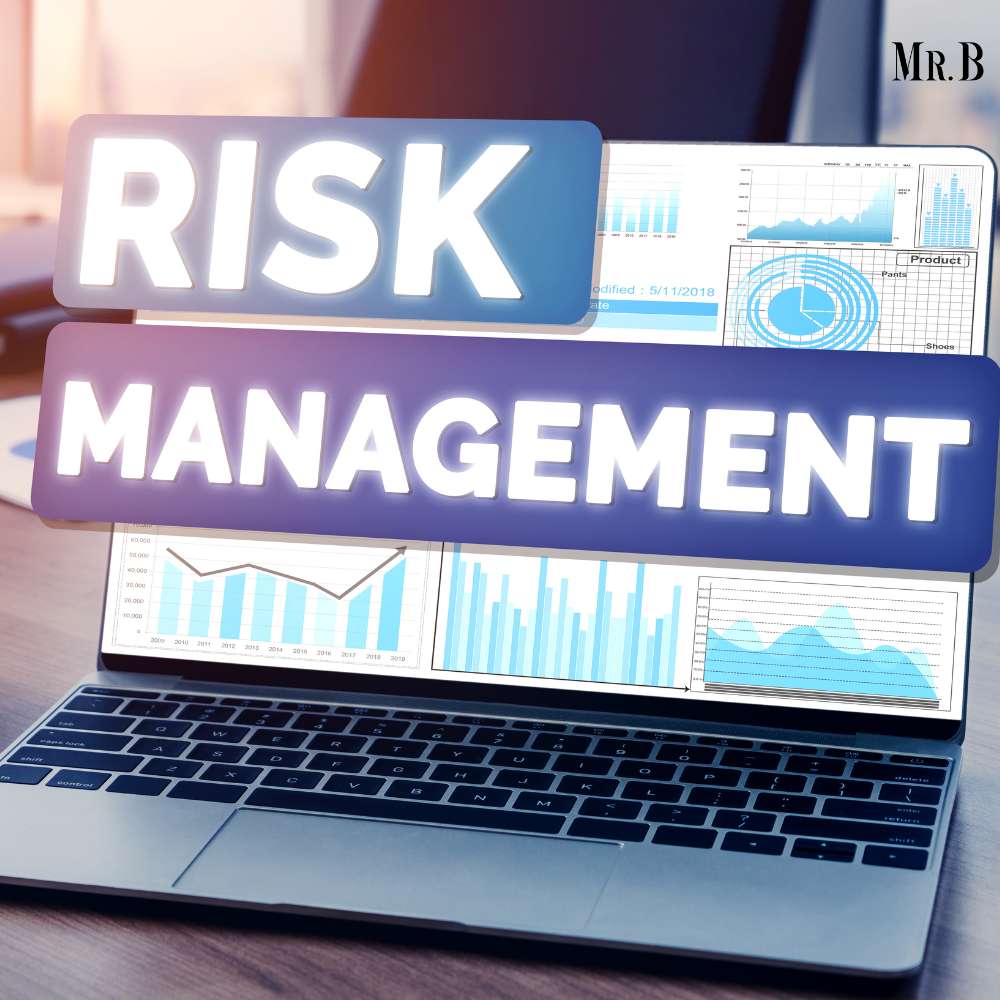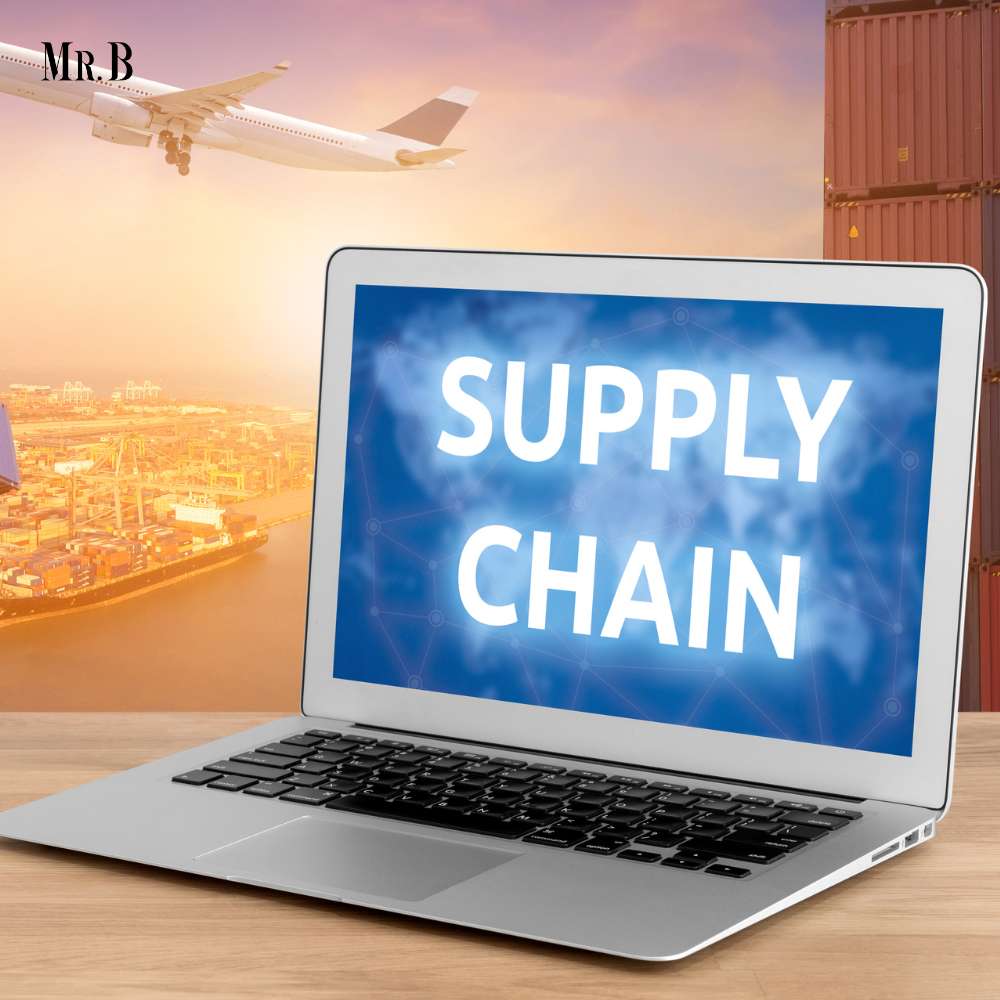A supply chain resilience is the ability to respond quickly to disruptions in the operational activities. Via flexible contingency planning and forecasting all activities are well-managed by organizations. A supply chain is recognized from its capacity to for resistance and recovery. Operational risk and interruption can threaten multiple areas of the supply chain and ultimately business resiliency. A set of agile and resilient supply chains are designed to do more than simply rest and recover. The ability to adapt and recover swiftly from disruptions is a hallmark of a robust supply chain. In this article, we’ll explore seven performance indicators that organizations should consider to bolster their supply chain resilience.
Understanding Supply Chain Resilience:
Supply chain resilience refers to a supply chain’s ability to endure and recover from disruptions efficiently. These disruptions can take various forms, including natural disasters, geopolitical tensions, economic downturns, and even unexpected global events like the COVID-19 pandemic. To ensure that their supply chains can withstand these challenges, organizations need to monitor and enhance their resilience continually.
Here are 7 Performance Indicators for Supply Chain Resilience:
1. Visibility and Transparency:
Achieving supply chain resilience begins with gaining visibility into the entire supply chain network. This involves tracking the movement of goods, monitoring inventory levels, and understanding the status of suppliers and transportation routes in real time. Having this visibility allows businesses to identify potential disruptions early and take proactive measures to mitigate their impact.

2. Risk Assessment and Management:
A crucial aspect of supply chain resilience is identifying and assessing potential risks. Organizations must conduct comprehensive risk assessments to understand vulnerabilities within their supply chains. Once risks are identified, proactive risk management strategies can be developed to minimize their impact.
3. Multiple Suppliers:
Over-reliance on a single supplier can be a significant risk factor. Supply chain resilience involves diversifying your supplier base to reduce dependency on one source. By working with multiple suppliers, businesses can ensure a more stable supply chain, even if one supplier faces disruptions.
4. Flexibility and Adaptability:
Supply chain resilience requires flexibility to adapt to changing circumstances. Businesses should develop agile supply chain processes that can adjust quickly to shifts in demand, supply, or external factors. This adaptability helps in maintaining continuity when disruptions occur.
5. Inventory Optimization:
Striking the right balance in inventory levels is crucial. Holding excess inventory ties up capital, while inadequate inventory levels can disrupt operations. A resilient supply chain employs advanced inventory management techniques to optimize stock levels and ensure that critical products are readily available during disruptions.

6. Improved technology:
Leveraging technology is vital for enhancing supply chain resilience. Advanced technologies like blockchain, IoT (Internet of Things), and AI (Artificial Intelligence) can provide real-time data and insights that enable better decision-making and faster response times in the face of disruptions.
7. Relationship with the Supplier:
Building strong relationships with suppliers is a cornerstone of supply chain resilience. Collaboration and open communication with suppliers can help in proactively addressing issues and finding mutually beneficial solutions during disruptions.
The Cycle of Supply Chain Resilience:
The cycle of supply chain resilience is an ongoing process that involves assessment, preparation, response, and recovery. Let’s dive deep into the same aspect to know more:
1. Assessment:
Begin by assessing your supply chain’s current state, identifying vulnerabilities, and quantifying risks.
2. Preparation:
Develop strategies and contingency plans based on the assessment findings. This includes diversifying suppliers, optimizing inventory, and implementing technology solutions.
3. Response:
When disruptions occur, execute the prepared plans swiftly and efficiently, minimizing downtime and impact.
4. Recovery:
After the disruption has been managed, focus on returning to normal operations and conducting a post-event analysis to learn from the experience.

Why Brands Must Adapt to Supply Chain Resilience?
In today’s interconnected global economy, the failure to adapt to supply chain resilience can have dire consequences for brands. Here are a few compelling reasons why businesses must prioritize supply chain resilience:
1. Mitigating Financial Losses:
Disruptions in the supply chain can lead to significant financial losses due to production delays, increased costs, and lost sales. Resilience measures help minimize these losses.
2. Safeguarding Reputation:
A brand’s reputation can suffer if customers experience disruptions in product availability or quality. A resilient supply chain ensures consistent service and product delivery, preserving the brand’s image.
3. Compliance and Regulation:
Many industries face increasing regulations and standards related to supply chain transparency and resilience. Adhering to these regulations is crucial to avoid penalties and maintain market access.
4. Competitive Advantage:
Brands that can consistently meet customer demands and navigate disruptions have a competitive advantage. Supply chain resilience can lead to greater customer satisfaction and loyalty.
Benefits of Supply Chain Resilience for Businesses
1. Supply chain resilience offers several benefits to businesses:
a. Reduced Risk Exposure:
Businesses with resilient supply chains are better equipped to identify and manage risks, reducing their exposure to disruptions.
b. Enhanced Efficiency:
Resilient supply chains operate more efficiently, with improved visibility, reduced waste, and optimized processes.
c. Cost Savings:
Efficient supply chains lead to cost savings through reduced inventory holding costs, improved resource allocation, and minimized downtime.
d. Competitive Edge:
Resilient businesses can adapt quickly to market changes and disruptions, gaining a competitive edge over rivals.
2. Benefits of Supply Chain Resilience for Customers:
Customers also reap the rewards of supply chain resilience:
a. Consistency:
Customers experience consistent product availability and service quality, enhancing their trust in the brand.
b. Timeliness:
Resilient supply chains ensure timely deliveries, meeting customer expectations and reducing frustration.
c. Product Integrity:
Products maintain their quality and integrity throughout the supply chain, ensuring customer satisfaction.
d. Innovation:
Resilient supply chains encourage innovation and the development of new products and services.
Conclusion:
Supply chain resilience is a critical aspect of modern business operations. By focusing on key performance indicators, adopting a cyclical approach, and recognizing the benefits it brings, brands can navigate disruptions with confidence, ensuring the satisfaction of both their businesses and their customers. This helps to improve brand image and increases revenue in turn. As the business landscape continues to evolve, the importance of supply chain resilience cannot be overstated—making it an essential component of long-term success.







